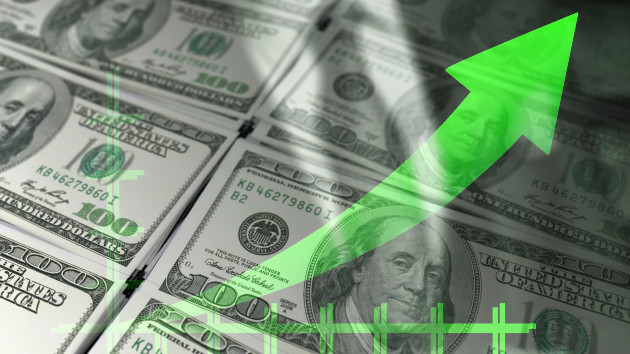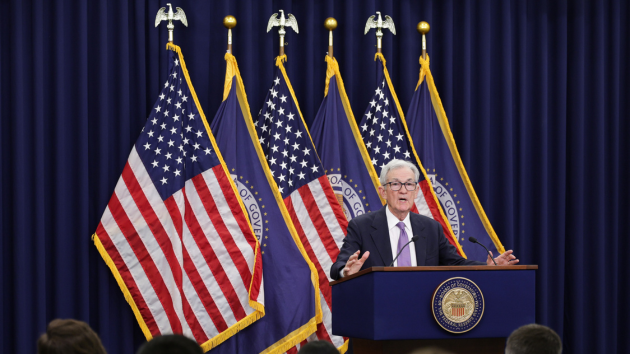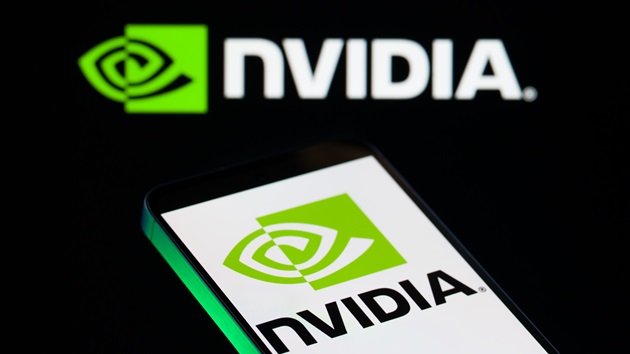
(NEW YORK) — Stocks ticked downward in midday trading on Thursday, wiping out a rally earlier in the day driven by blockbuster earnings from chip giant Nvidia and a stronger-than-expected jobs report.
The Dow Jones Industrial Average fell about 60 points, or 0.1%, while the S&P 500 declined 0.2%. The tech-heavy Nasdaq fell 0.3%.
Those returns marked a reversal from highs earlier in the day. Previously, the Dow had risen 1.2%, while the S&P 500 had jumped 1.8% and the Nasdaq had spiked 2.5%.
Shares of Nvidia, the $4.7 trillion juggernaut behind many of the chips fueling artificial-intelligence products, ticked down 0.1% in midday trading after having surged upward earlier in the day.
A stock market selloff over recent days underscored the uncertainty looming over the economy as some investors warned of an AI bubble. The earnings blowout from Nvidia late Wednesday appeared to rebuke such concerns, however, temporarily reviving enthusiasm for an AI trade that has propelled much of the market gains this year.
The S&P 500 has soared 15% in 2025, while the Dow has climbed 10%. The Nasdaq has increased 19% this year.
Investors also appeared to draw optimism from a jobs report on Thursday morning, which showed far more hiring than economists’ expected. The fresh data defied a hiring slowdown that took hold over the summer.
The U.S. added 119,000 jobs in September, according to data from the U.S. Bureau of Labor Statistics. That figure marked an acceleration from the previous month, and it exceeded an average of nearly 100,000 jobs added per month over the first half of 2025.
The report included a downward revision for the month of August, however, slashing performance from 22,000 jobs gained that month to 4,000 jobs lost.
An earnings release from Walmart on Thursday morning also exceeded revenue expectations, offering some reassurance about the health of consumer spending.
Inflation has picked up in recent months while hiring has ratcheted down, posing a risk of an economic double-whammy known as “stagflation.”
Those economic conditions have put the Federal Reserve in a bind, since the central bank must balance a dual mandate to keep inflation under control and maximize employment.
In recent months, concern has tilted toward strain in the labor market, prompting the central bank to reduce interest rates a quarter of a percentage point at each of its last two meetings.
On Thursday morning, markets appeared to digest the news as favorable toward a potential interest rate cut at the Fed’s meeting next month. The odds of a quarter-point rate cut ticked up from 33% on Wednesday afternoon to 43% on Thursday morning, according to the CME FedWatch Tool, a measure of market sentiment.
Copyright © 2025, ABC Audio. All rights reserved.






